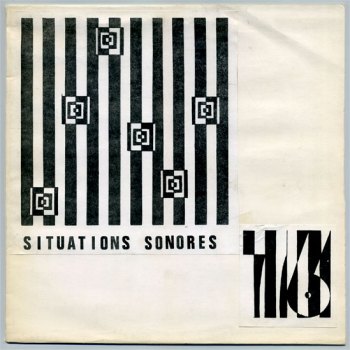 Self-published in 1977, the Baby Mann LP was the debut release of actor and film maker Marran Gosov (born 1933) and part of his “Dilettantische Lieder” project which included song cycles and home-made short films of selected songs (see previous post). An intensely nostalgic disc, Baby Mann was composed in memory of his mother and refers to the period when Gosov left Bulgaria to emigrate to West Germany in 1960, leaving behind his younger brother Sehn, whom he met again for the first time in Munich in 1973. In Baby Mann, no mention is made of Marran’s father, for whatever reason.
Self-published in 1977, the Baby Mann LP was the debut release of actor and film maker Marran Gosov (born 1933) and part of his “Dilettantische Lieder” project which included song cycles and home-made short films of selected songs (see previous post). An intensely nostalgic disc, Baby Mann was composed in memory of his mother and refers to the period when Gosov left Bulgaria to emigrate to West Germany in 1960, leaving behind his younger brother Sehn, whom he met again for the first time in Munich in 1973. In Baby Mann, no mention is made of Marran’s father, for whatever reason.
♫ Instrumentation includes acoustic guitar, violin, synthesizer, sound effects and voice, all played by Gosov on re-recording. The violin and synthesizer are treated with generous doses of reverb, giving a rather dream-like quality to the music. The synth often sounds like a musical saw heard in the background, mirroring the psychological, self-analyzing lyrics. In these songs, Gosov’s warm and beautiful voice is of course the main element. More approachable than Vocoding Life, this record is nonetheless a rather overwhelming experience.
01 Lampenfieber (7:53)
02 Clown (3:52)
03 BabyMann (2:36)
04 Kino (5:20)
05 Nehmer gebend (:51)
06 Knoten (6:19)
07 Daneben (4:28)
08 Kusswunde (:44)
09 Walzerflucht (10:03)
Total time 42:00
Self-released LP, Munich, West Germany, 1977
. . . . . . .
Marran Gosov discography:
1977 BabyMann: Dilettantische Lieder
1978 Steine kitzeln: Dilettantische Lieder II
1980 Vocoding Life/Psycho-Akustik
* *
*





















